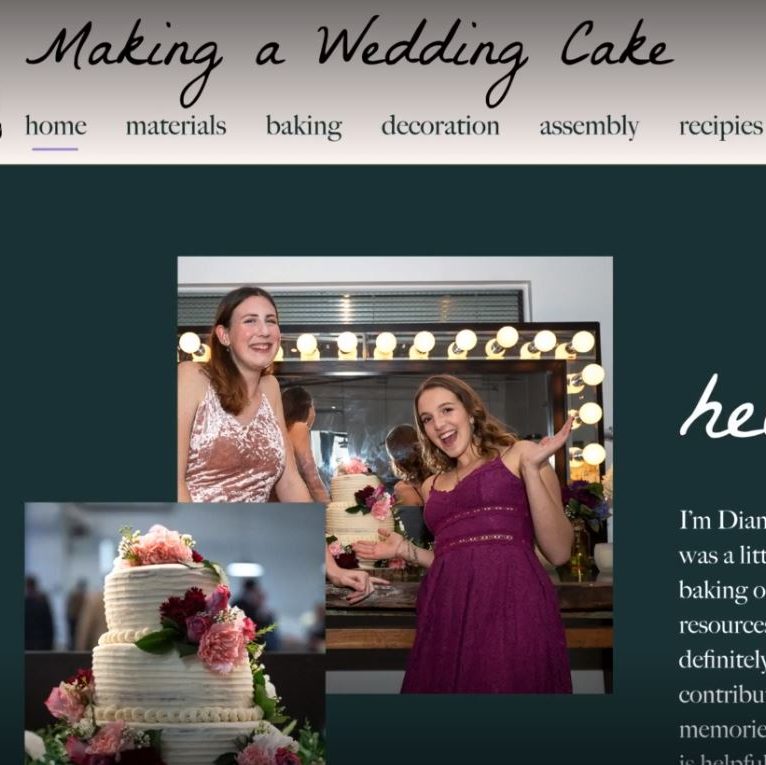Students develop capacities for reading, analysis, and expression combined with visual design—complementary abilities in demand in the workplace. They learn to interpret and evaluate a variety of texts, to produce arguments, and to engage diverse audiences with well-honed writing skills. Studying the historical, cultural, and aesthetic contexts of Anglophone literatures, they analyze writing practices and related media from the quill pen to code. Acquiring a broad understanding of the principles and systems of perception, students explore the interrelationships of text and image to construct narratives and create meaning. Students engage visual composition, form, and pattern to enhance written language, either subjectively or objectively. They visualize concepts and data to facilitate human understanding of complex and vital knowledge.
Learning Outcomes
English Learning Outcomes
- Development of abilities and strategies for analytical reading and critical thinking across a broad range of texts
- Students completing the major should be able to recognize the generic conventions, rhetorical strategies, and linguistic features of different kinds of texts. They should be able interpret and take pleasure in these features, including ethical or discursive ambiguity, specialized vocabulary, and rhetorical constructions. Majors should also be able to locate texts in relation to ideological context, interpretive community, and representations of group or individual identity.
- Development of confidence, clarity, and distinctive voice in written and oral expression
- Students completing the major should be able to relate generic conventions and rhetorical strategies to different writing contexts and to use them in writing; construct arguments about texts and ideas, including comparative, critical, and persuasive arguments; and take an active role in dialogue and formation of intellectual community.
- Development of historical understanding of English, American, and other Anglophone literary and expository traditions and their antecedents
- Students completing the major should be able to identify larger historical and cultural contexts in which individual texts or groups of texts may be situated, and they should be able to narrate the relationship of texts or groups of texts to each other and to important historical and cultural developments.
Design Learning Outcomes
- Apply iterative design processes to create, revise, evaluate, and develop effective prototypes and innovative solutions.
- Engage human-centered design research methods and systems thinking to identify and understand values, goals, motivations of intended audiences as a mode of inquiry, question framing and guide to action.
- Develop a high level of craft and technical skills in a relevant range of media and tools and effectively weigh applicability for intended audiences and outcomes.
- Develop and realize intent, concept and content with awareness of context and consequence.
- Implement visual patterns incorporating text, image, diagram including temporal and spatial representations to recognize, categorize, and articulate significant form and meaning
- Employ and embody ethical practices, team and cross-disciplinary collaboration, and effective communication and presentation skills.
- Apply relevant communication theories and principles and appreciate the pervasive and long-term impact of design decisions on people and societies.
Co-op Opportunities
- design and media sectors
- news and publishing sectors
- arts sectors
- food and beverage sectors
- fashion and travel sectors
- government and civic sectors
- health care and pharmaceutical sectors
- educational sector
- financial and business sector
Career Opportunities
- Design Consultant
- Design Lead
- Design Researcher
- Design Strategist
- Designer
- Entrepreneur
- Exhibition Designer
- Experience Designer
- Futurist Product Designer
- Product Manager
- Strategist Service Designer
- User Experience Designer
- User Experience Manager
- UX Designer
Multidisciplinary Skills
collaboration
creative problem-solving
critical thinking
data analysis
design research
design software
graphic representation
fabrication
facilitation
human factors
information design
interviews
leadership
listening
observation
personas
programming
project management
problem framing
rapid prototyping
semiotics
sketching
technical skills
typography
experience mapping
user stories
user testing
verbal and written communication
visual synthesis
visualization







